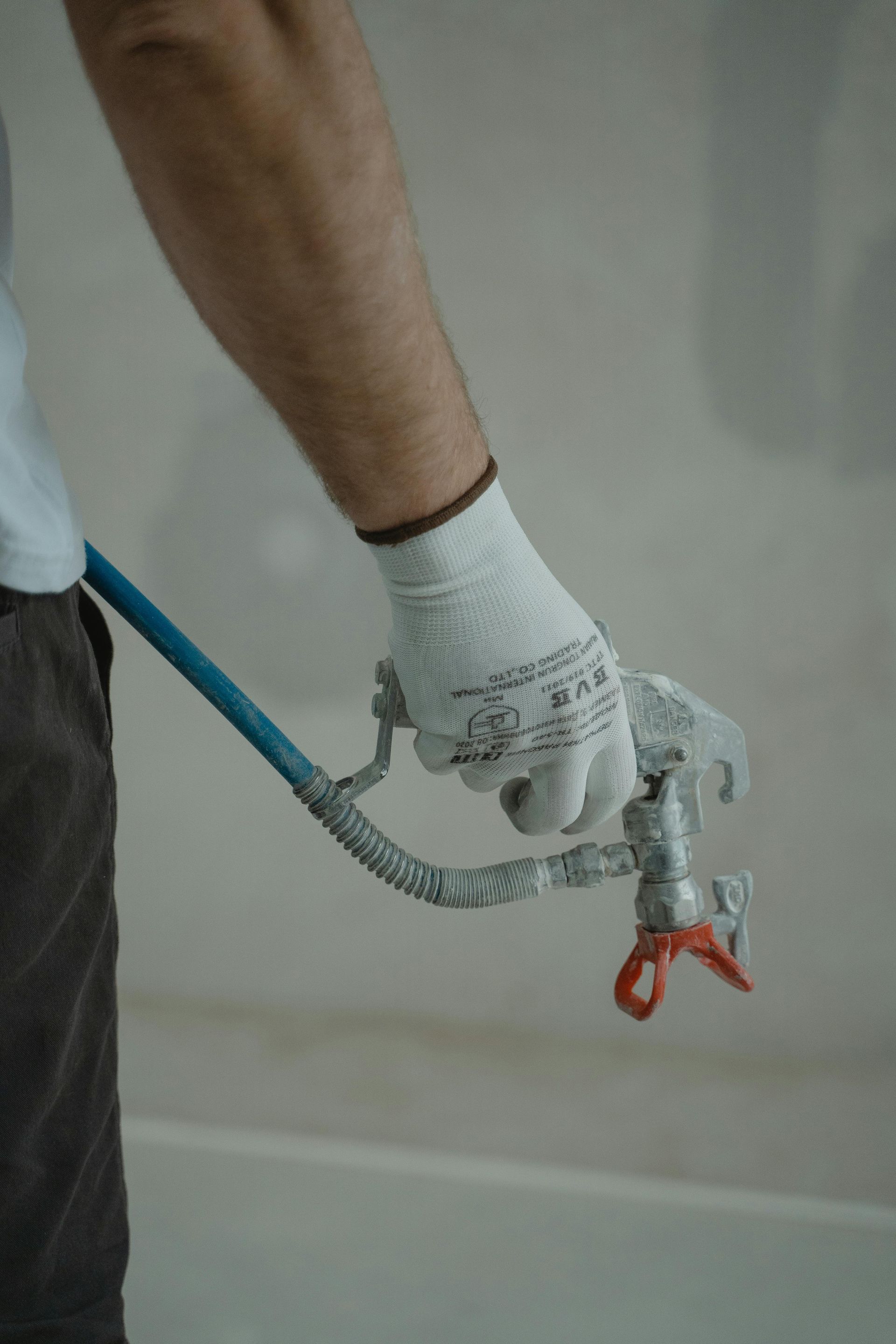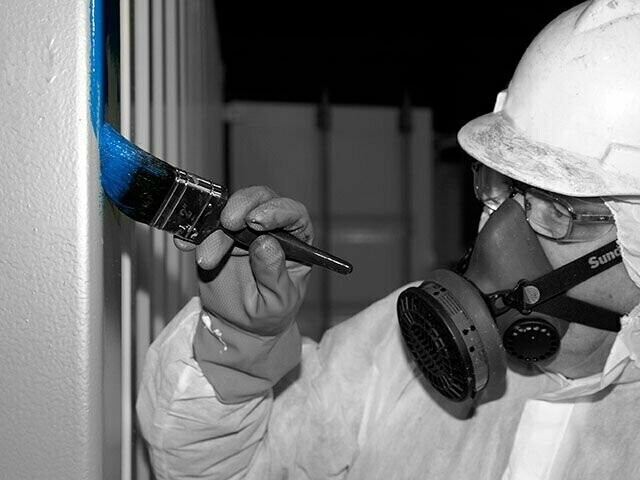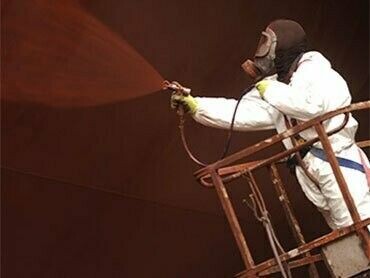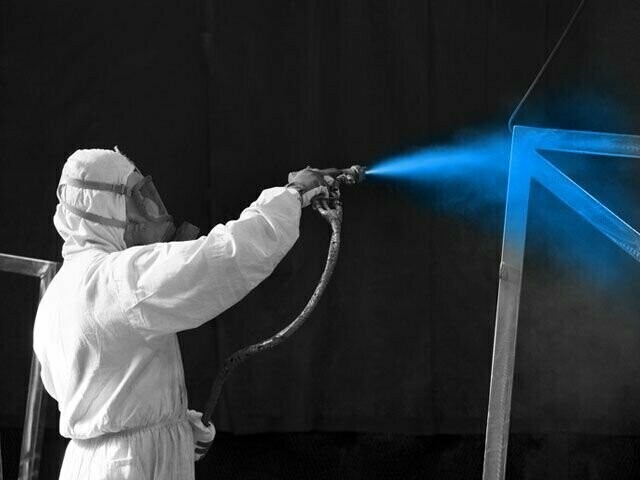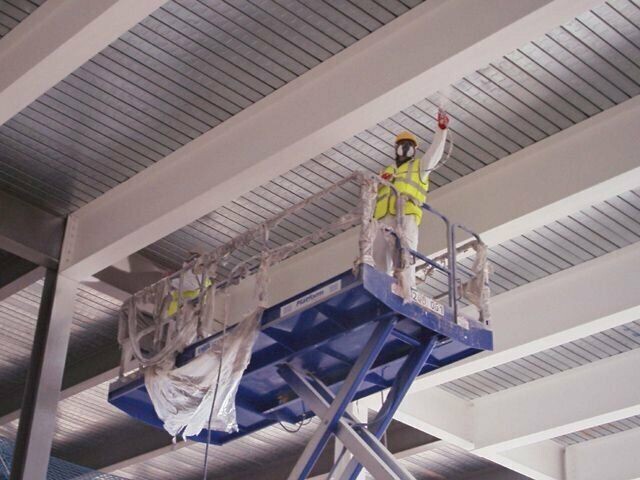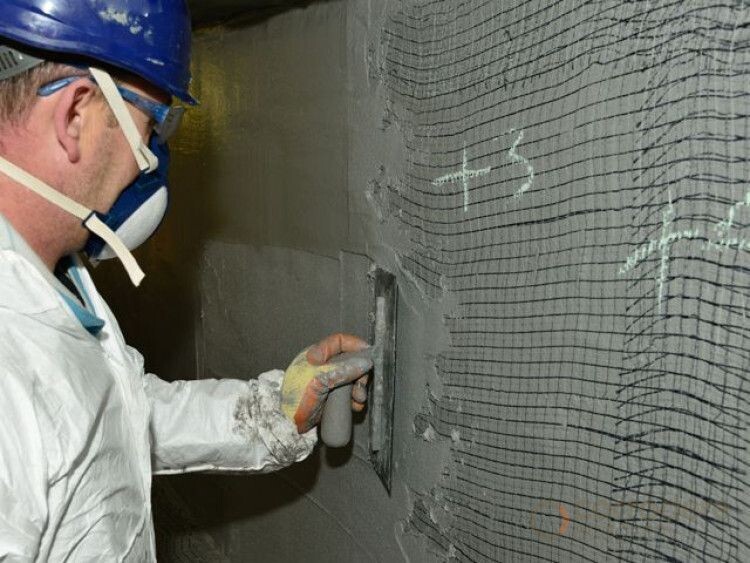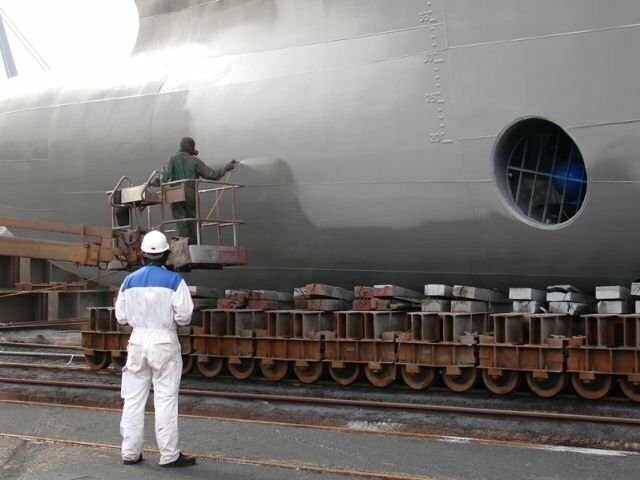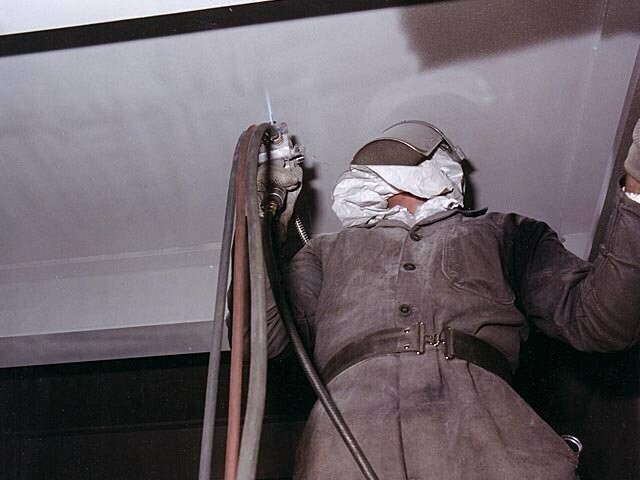Train the Painter Silver – Belfast
At Dangle Academy in Belfast, we’re proud to be the only place in Northern Ireland able to deliver Train the Painter Silver – the globally recognised advanced certification in protective coating application. Building on the Bronze level, this course is designed for professionals looking to expand their skills, progress in the protective coatings industry, and demonstrate a higher standard of competence.
As Northern Ireland’s leading rope access and industrial maintenance training provider, we’re the only local facility offering this internationally accredited programme, delivered by our experienced coating instructors in our purpose-built indoor training environment. Combining in-depth theory with extensive hands-on practice, we ensure every participant gains the technical expertise and confidence to excel in real-world projects.
